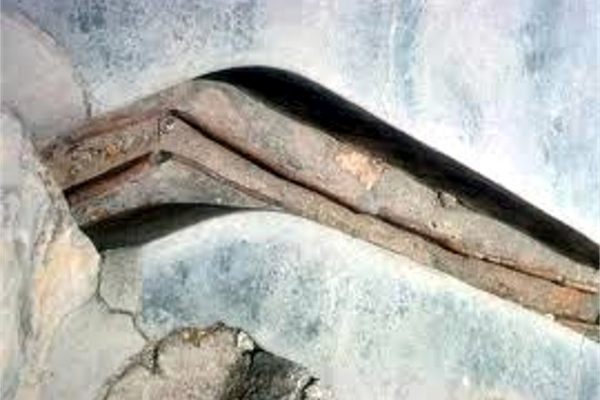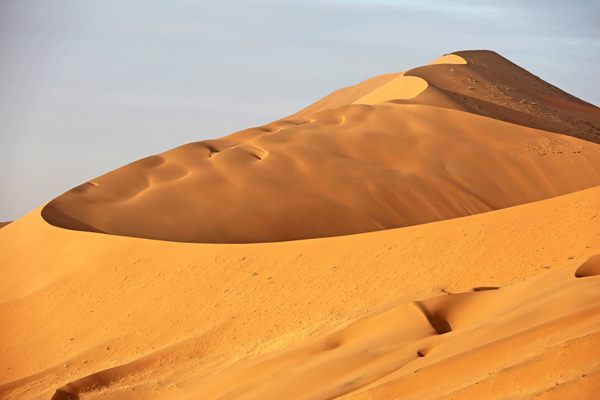About
It doesn't get much more remote than the bottom of the sea. 75 million years ago, that's where the unique geological features of the Huayllay Stone Forest got their start.
Some time has passed since then, but while the location of this rocky outcrop has changed relative to the seafloor, its fascinating features have only gotten more weird as glaciers scampered over it and torrential downpours and fierce winds tore through its many ruts and crevices.
Jagged rock walls, naturally sculpted stone shards that pierce the topsoil from somewhere deep below, and impassibly disjointed plateaus are just a few of the unreal formations that can be experienced here and nowhere else. From a slight distance, it's easy to see where the stone forest gets its name – the densely packed, tapering rocks literally appear to be a standing forest turned to stone.
Prospective visitors will be happy to know that in the modern epoch, the Huayllay Stone Forest is well above sea level, and although still quite remote, also quite visitable with the right amount of gumption. Now part of a nature area designated and protected by the Peruvian national government under the umbrella title of Huayllay National Sanctuary, tourism has picked up by the smallest of increments, but the remote location still makes transportation and lodging hard to come by.
Put it this way: adventurers looking for something a bit more rustic than Grand Canyon-like tourist areas can expect to have the vast nature preserve entirely to themselves, or at least nearly so. Word about this remarkable location has been slow to spread, and its most frequent visitors are still the Llamas and other protected wildlife that have inhabited it for thousands of years.
The desolation and unbelievable geology of the Huayllay area can make it easy to imagine that you're actually visiting an alien world, but one look at the prehistoric cave and rock paintings found in some areas of the park are a poignant reminder that you are, in fact, still on the same planet as the rest of us – even though you might have to look back thousands of years to find some evidence of human life.
Related Tags
Peru: Machu Picchu & the Last Incan Bridges
Discover Inca Wonders.
Book NowPublished
April 12, 2012








































